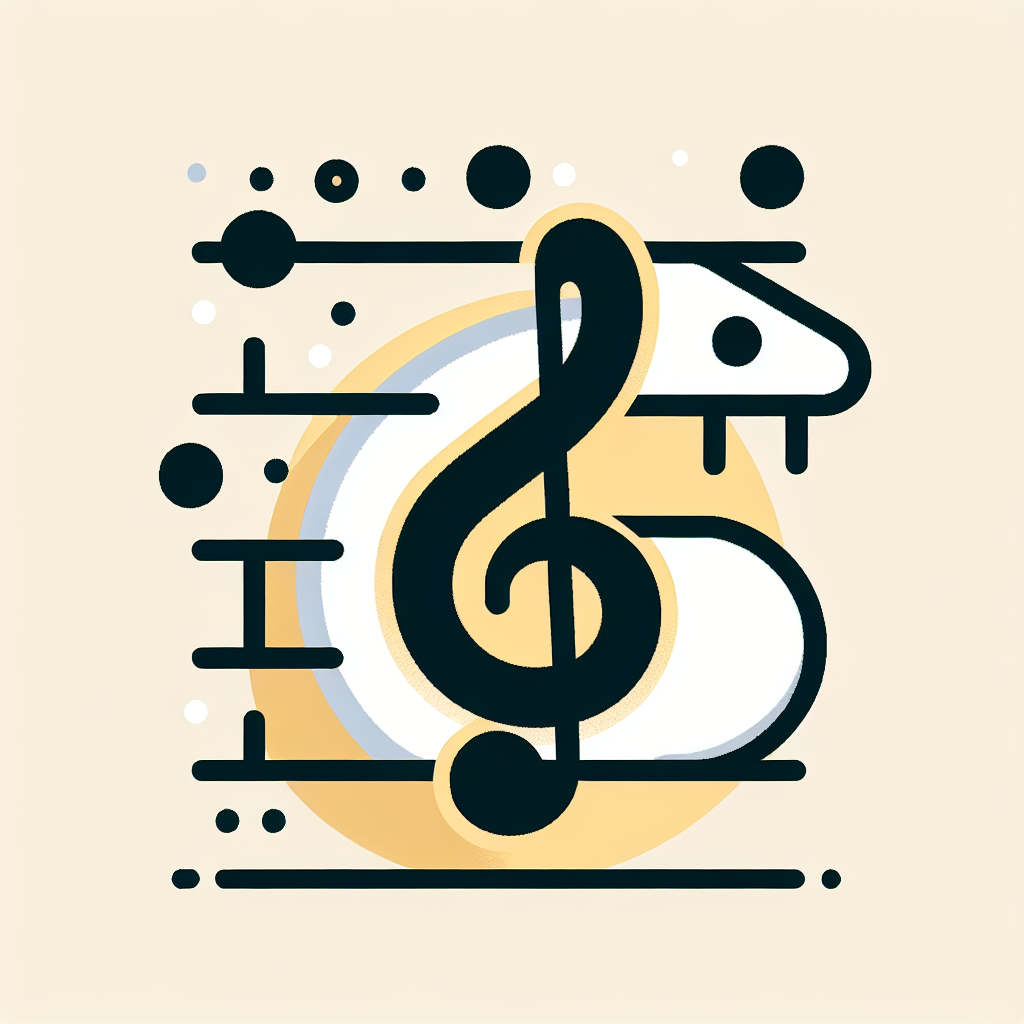Convert C# to Python Effortlessly | C# to Python Tool
Effortlessly convert C# code to Python with our powerful tool. Boost productivity and streamline your coding process. Try it now for seamless language conversion!
Source Code
Converted Code
Output will appear here...
Transform your C# code into Python effortlessly with our C Sharp to Python converter. Ideal for developers seeking seamless language migration, this tool enhances productivity and ensures code compatibility. Perfect for cross-platform development, it supports efficient code translation, saving time and reducing errors.

C# to Python Conversion Tool Link to this section #
Effortlessly convert C# code to Python with our intuitive tool designed for developers and programmers seeking seamless language transition. This tool is ideal for those looking to migrate existing C# projects to Python, a powerful and versatile language known for its simplicity and readability.
Key Features Link to this section #
- Automatic Syntax Translation: Converts C# syntax to Python, translating common constructs and patterns.
- Code Optimization: Enhances the performance of translated code by adhering to Pythonic conventions.
- Error Handling: Identifies potential issues during conversion and provides solutions.
Usage Guide Link to this section #
- Input Your C# Code: Paste your C# code in the designated input area.
- Run the Conversion: Click 'Convert' to initiate the translation to Python.
- Review Output: Inspect the Python code output, ensuring it meets your project requirements.
Example Conversion Link to this section #
C# Code:
using System;
namespace ExampleNamespace
{
class Program
{
static void Main(string[] args)
{
Console.WriteLine("Hello, World!");
}
}
}
Converted Python Code:
def main():
print("Hello, World!")
if __name__ == "__main__":
main()
Benefits of Using the Tool Link to this section #
- Time Efficiency: Saves hours of manual rewriting, allowing you to focus on more critical tasks.
- Consistent Results: Ensures uniform code translation, maintaining code quality and functionality.
- Language Learning: Provides a practical way to learn Python by comparing it directly with C# code structures.
Related Resources Link to this section #
For developers transitioning from C# to Python, this tool streamlines the process, ensuring a smooth and efficient workflow. Whether you are a seasoned developer or a beginner, this tool is your reliable companion in cross-language coding.
Frequently Asked Questions
How can I convert a C# program to Python?
Converting a C# program to Python manually involves understanding both languages, as you'll need to rewrite the code in Python syntax while maintaining the same logic. Automatic conversion tools exist, but they may not handle complex code well. It's often better to rewrite the code with consideration for Python's features and libraries.
What are the major differences between C# and Python?
C# is a statically typed, compiled language mainly used for Windows applications, known for its performance and robustness. Python is a dynamically typed, interpreted language, appreciated for its simplicity and readability, making it ideal for rapid development and scripting. Python's extensive libraries and community support a wide range of applications beyond Windows.
Is it possible to call C# code from Python?
Yes, it's possible to call C# code from Python using interoperability tools like Python for .NET (pythonnet) or by creating a C# library and using it via a COM interface or by wrapping it in a web service. This allows Python to leverage existing C# code and libraries.